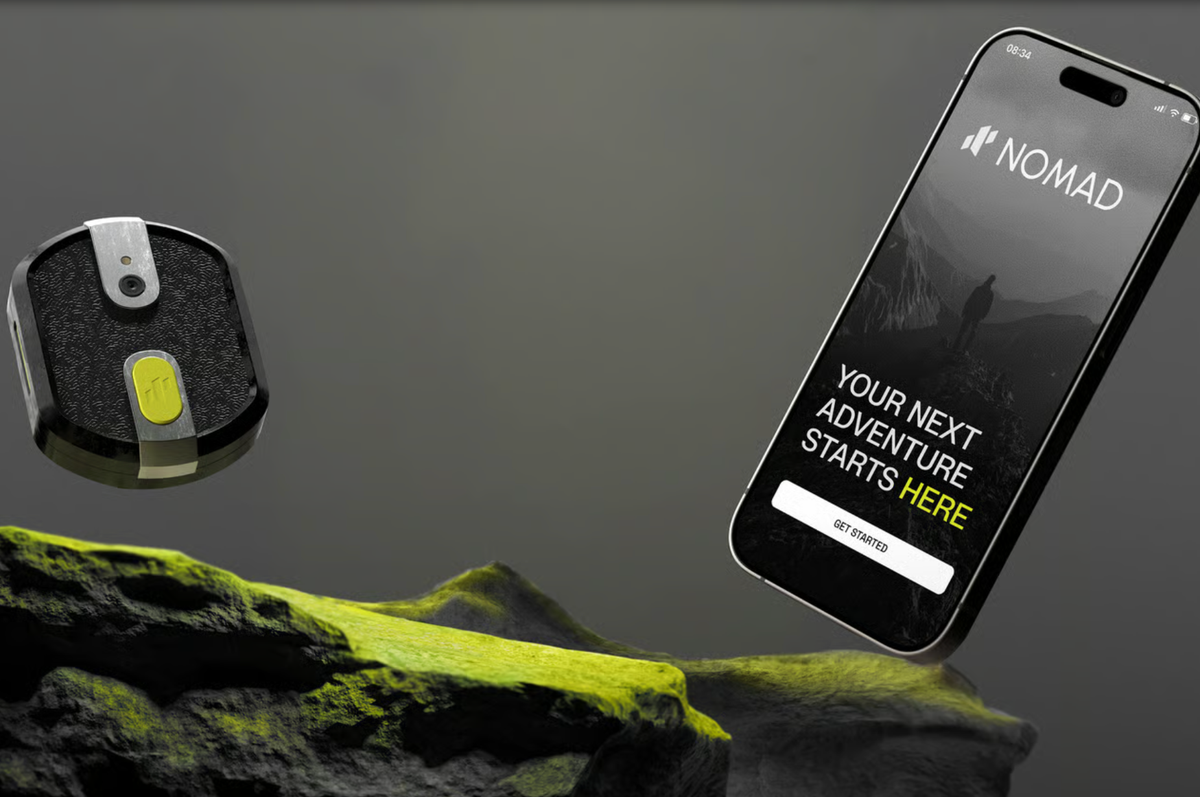This year's finalists in the Ecosystem Builder category for the Houston Innovation Awards have a lot to say about the city's innovation community — and they are the right ones to say it.
Selected as finalists for the newly created category, each of the five finalists are leaders for the Houston innovation ecosystem. They were each asked some questions about the development of the Houston tech and startup community. Here's what they had to say.
InnovationMap: What is your favorite part of Houston's innovation ecosystem? How have you helped contribute to that aspect of the community?
Jan E. Odegard, executive director of the Ion: Can do attitude and willingness to make big bets that can solve hard problems with global societal impact. Creating and supporting a place where this can happen is critical to the success, a place where we create the necessary density for collisions and that will sprue the next ideas.
Jason Ethier, co-founder of Lambda Catalyzer and host of the Energy Tech Startups podcast: Perhaps small, but the Ion District in the small part we have to play in it. Being able to be in a place where you can cross paths with active investors, innovators and partners. This is the hub we hoped to build over the last few years. That connective tissue may be small and focused compared to other ecosystems, but it is very strong here.
Joey Sanchez, founder of Cup of Joey and senior director of ecosystems at the Ion: My favorite part of the Houston Innovation Ecosystem is the progress and potential. We have gone from talking about how to build a Houston ecosystem to now exploring our collective potential. The conversations are now tactical actions to scale our efforts.
Kendrick Alridge, senior manager of community at Greentown Labs: My favorite part of the ecosystem is the Cup of Joey gathering. It's a great opportunity to run into or catch up with people looking to get involved in the ecosystem or looking for support. It's a great networking opportunity.
Wade Pinder, founder of Product Houston: I love seeing how the community has really connected this past year specifically. We've gathered momentum and have a "gravity well" of community leaders feeding value to one another.
IM: What are the strengths of the Houston innovation ecosystem?
Odegard: Access to (engineering) talent, capabilities, and global connectivity that are not afraid of getting her hands dirty to build and scale.
Ethier: The diversity of the founders and the intrinsic diversity of the Houston ecosystem. There are few native Houstonians, and most of the fantastic founders we meet are from somewhere else. The energy industry brings the best of the best from around the world and they inject Houston with unique excellence.
Sanchez: We are a resource right environment. We have a plethora of talent and capital. With the economy the size of Belgium, we have access to industries and talent unlike any other city. Also the convergence of energy, medical and aerospace is one of a kind. Each industry is transforming and providing a ripe opportunity for innovation.
Alridge: The growing number of startup development organizations (SDOs), incubators and accelerators, makerspaces, co-working spaces, non-profits, and academic institutions that is available is a strength, because their are plenty of places to get support and your ideas off the ground.
Pinder: We do hard things here because the ARE hard! 1) Life and death situations en masse, 2) infrastructure at scale 3) Boldly going where no one has gone before! That's what we've done here. That's what we stand to innovate on! If it's a hard problem, Houston gets it done!
IM: What are the weaknesses of the Houston innovation ecosystem? Are you helping to make improvements to these weaker aspects of the community and, if so, how?
Odegard: Access to more risk capital.
Ethier: We need a skill set on scaling businesses. This is something the valley does exceptionally well. When there is product market fit, the startup ecosystem knows how to scale teams from 20-200 and do so repeatedly. Houston knows how to do big energy projects; from sput to TD, there is a skill set here around complexity...but how that applies to scaling businesses its unclear we have what it takes. This is why its imperative we bring in mature startups from around the country and try to transfer knowledge from the energy industry into the startup space. Building an acceleration program like Lambda is a step in solving this problem.
Sanchez: Density is our biggest challenge. The geographic sprawl of our region is vast. Serendipitous meetings are a challenging. The Ion has created a central place where our ecosystem can come together. Every Friday we meet for Cup of Joey and now we host a Cup of Joey in The Woodlands, Space Center Houston, Sugar Land and The Cannon West. Creating eight Cup of Joey meetups each month. The most exciting element of Cup of Joey is coming in an online platform for connection.
Alridge: We need a robust cadre of startup specialists, serial entrepreneurs who have successfully started companies. Especially in business and STEM fields, is needed in the innovation system. Higher education in providing talent is important, I'm doing my part by organizing opportunities for students to work with our startups which can directly and indirectly contribute to the workforce and the grown startup community.
Pinder: We're changing this... but we still have a ways to go with the "I'm good... what do I need to show up for?" thinking. It's not for lack of wanting to show up... traffic makes it tougher to show up most of the time.
IM: What do you wish more people knew about the Houston startup community?
Odegard: That Houston IS a tech hub addressing some of the biggest societal challenges we are face today, such as: power (security), healthcare (affordable and accessible), sustainability (clean and green), and equitable access to economic opportunities.
Ethier: How climate focused everyone is, from the founders, to the SMEs, industry and SMEs. Houston (and energy companies) know how to manage what's measured and now that we have targets around decarbonization, we are going to get it done.
Sanchez: I wish the world knew more about Houston and our Houston startup community. I believe that our foundation is strong and we are ready for scale. 2026 to 2036 will be a decade of massive growth for Houston and our ecosystem.
Alridge: We are more than oil and gas and health care.
Pinder: We've got the solutions to some huge problems sitting right here in Houston.
Click here to secure your tickets to the November 8 event where we announce the winner of this exciting new category.

 Passes, desks, and offices are all available at the Ion's coworking space. Photo via thecommondesk.com
Passes, desks, and offices are all available at the Ion's coworking space. Photo via thecommondesk.com












 The 2025 Mentor of the Year will be announced on Nov. 13. Courtesy photos
The 2025 Mentor of the Year will be announced on Nov. 13. Courtesy photos










